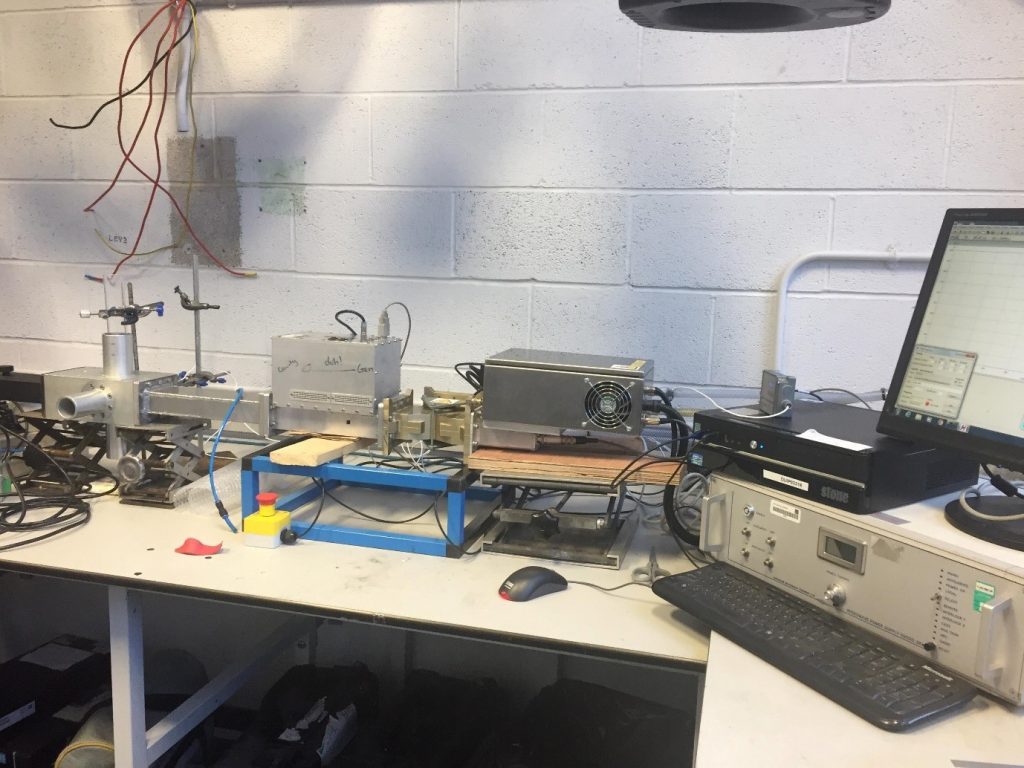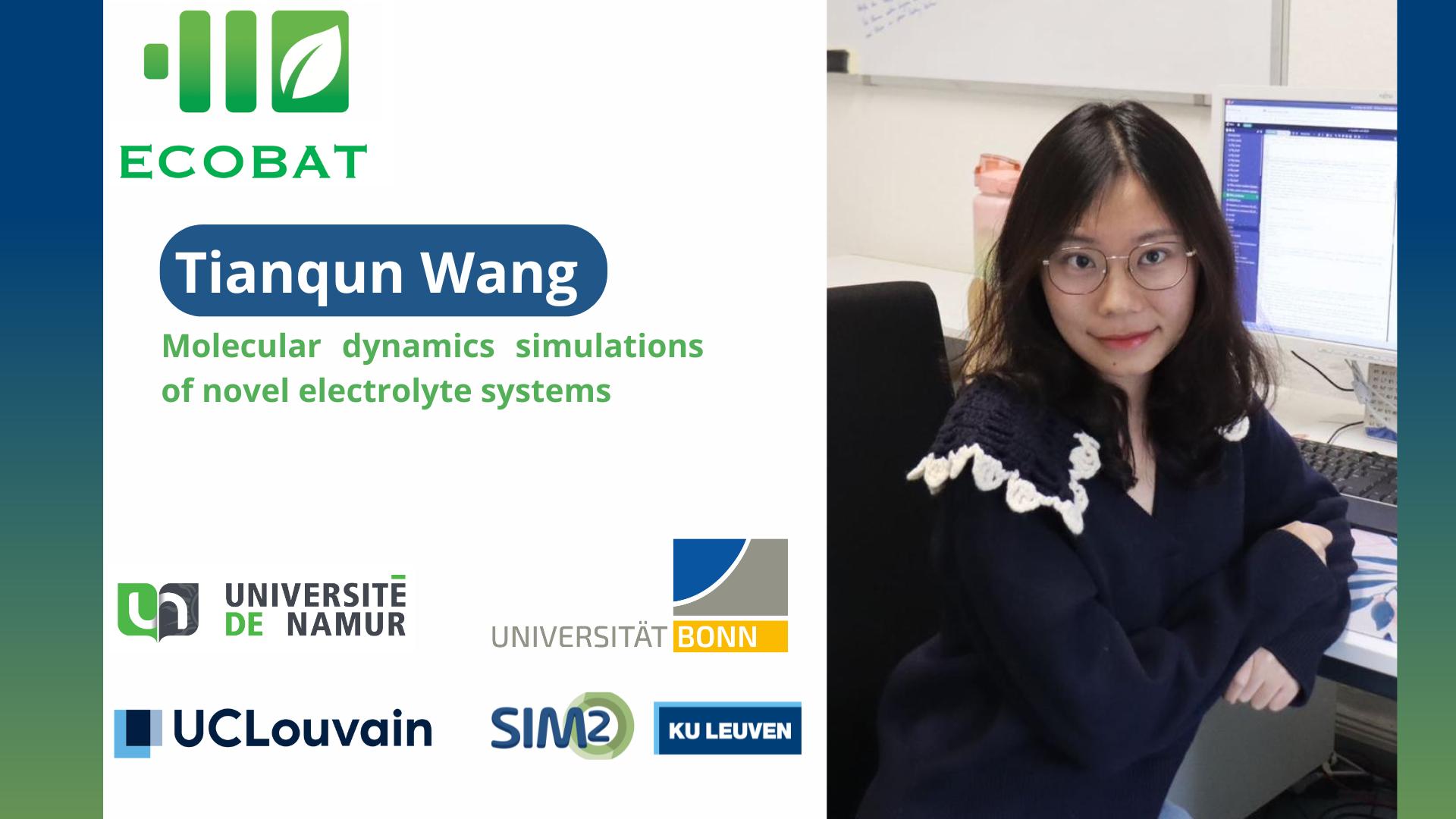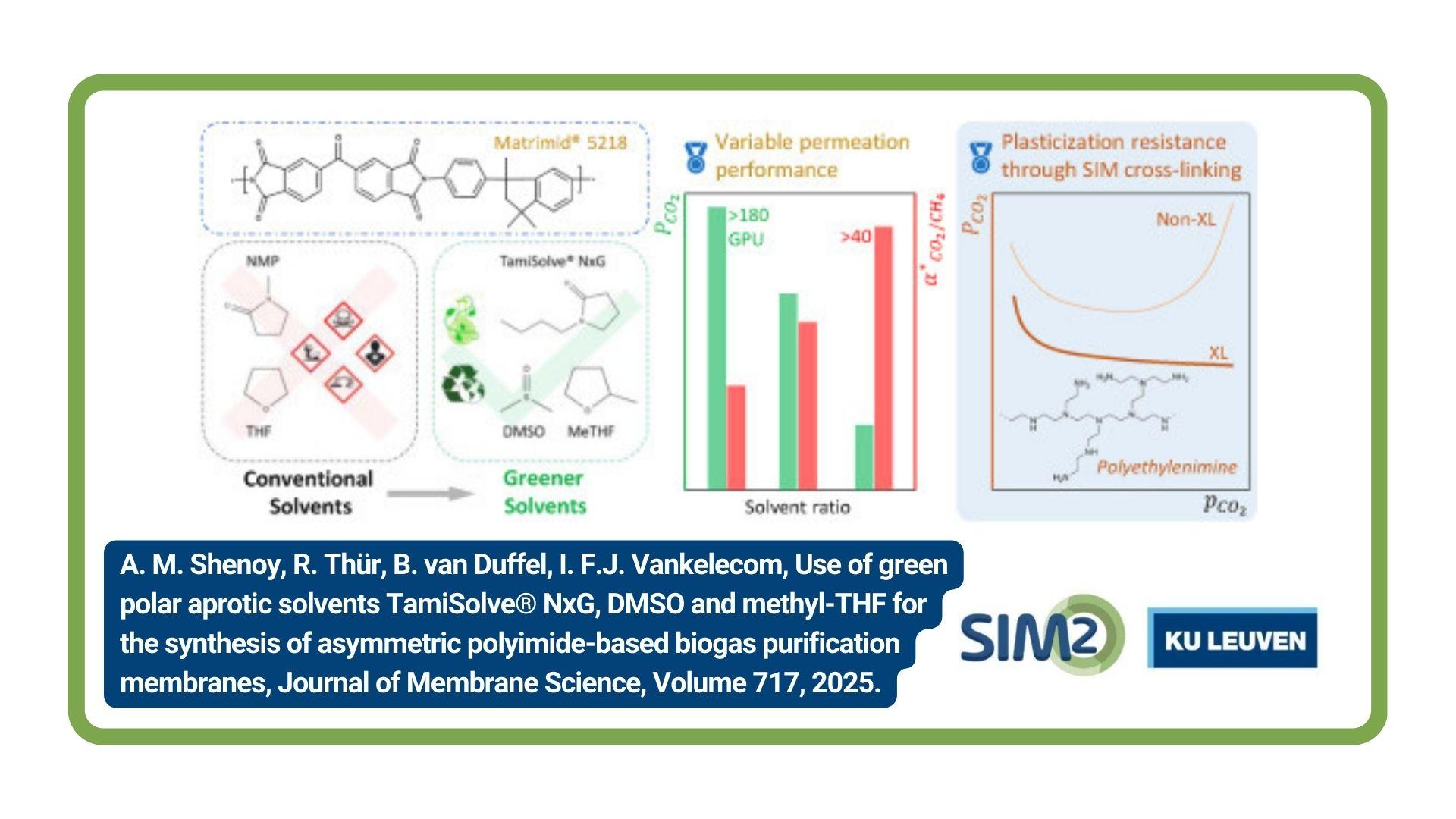One of the main features of the current consumer society, is materials production for mass consumption. This results in the generation of huge amounts of (municipal solid) waste (MSW). The social, environmental and health risks linked to the disposal of waste in landfills has stimulated the European Commission to implement solid waste management policies. The main practices in waste management are waste reduction, collection, recycling, sanitary landfilling and incineration.
Through the incineration of the municipal waste, heat is generated, recovered and converted into heat. It also contributes to waste volume reduction. However, it is not a win-to-win strategy, since it generates big amounts of bottom ash (BA). Currently, BA is used as an embankment filler, landfill structure material and as aggregates in concrete. But don’t you think this ash should have a better fate by being part of higher quality applications?
In the SREMat research group, at KU Leuven, we work on transforming secondary resources into inorganic polymers (geopolymers) which can be used as an alternative green cement. Being motivated by the depletion of resources and the big amounts of available by products, such as BA, which can be the driving forces for a better future, I’m trying through my PhD to make inorganic polymers using as a precursor the MSWI BA. And what is better than using a novel processing method, such as microwaves, that can transform appropriately BA in an environmental and economic way?
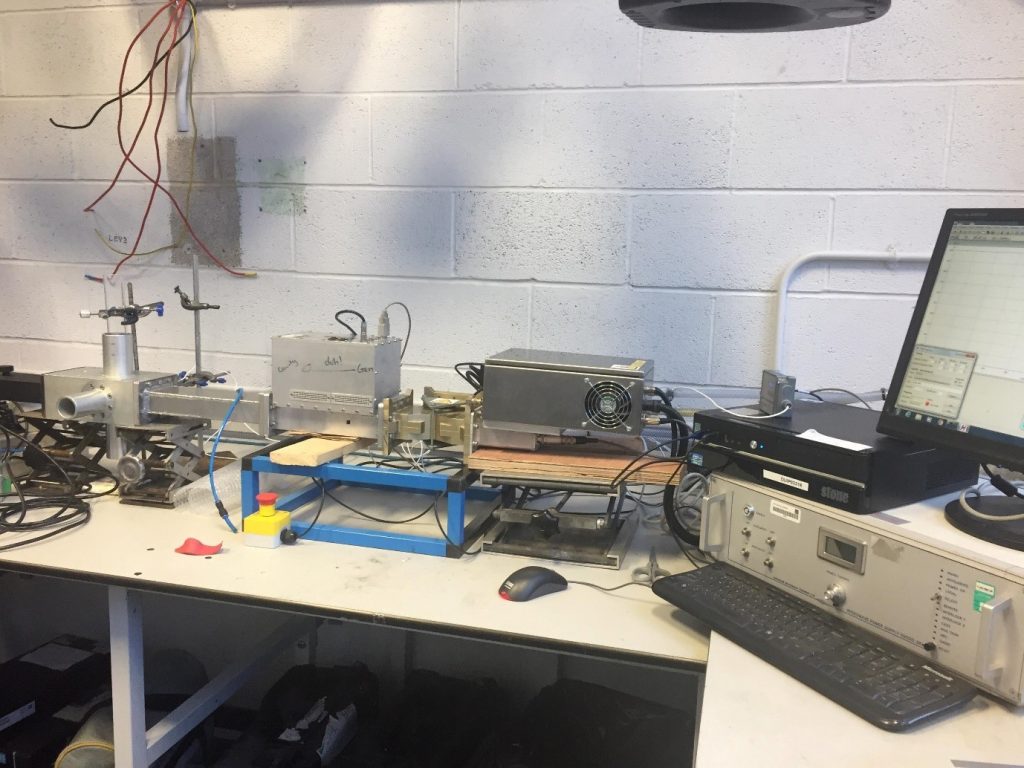
For the purpose of designing the process to transform BA into glass (molten and rapidly cooled), which is the suitable raw material for the inorganic polymers, I traveled to the UK, to collaborate with the University of Nottingham. During my stay there, I worked with a laboratory scale high electric field intensity microwave furnace (see fig.1). This gave us the chance to treat BA without any additions (microwave absorbing materials, such as graphite) to enhance BA susceptibility under microwave irradiation, making the process more economic. To better design the process and define the optimal parameters for it, I was modifying the values of input power (from 200 to 800W) and the processing time (from 1.5min to 36min). Through this experimental procedure, I ended up that only 1.5 min and 800 W input power are enough to convert in 80% BA into glass, which looks like two delicious pieces of dark chocolate (see fig.2). The results also revealed that BA contains some mineral phases that are highly susceptible to receive microwave energy. Hence, heat is selectively absorbed by these phases and then spread to the rest of the material through conduction.
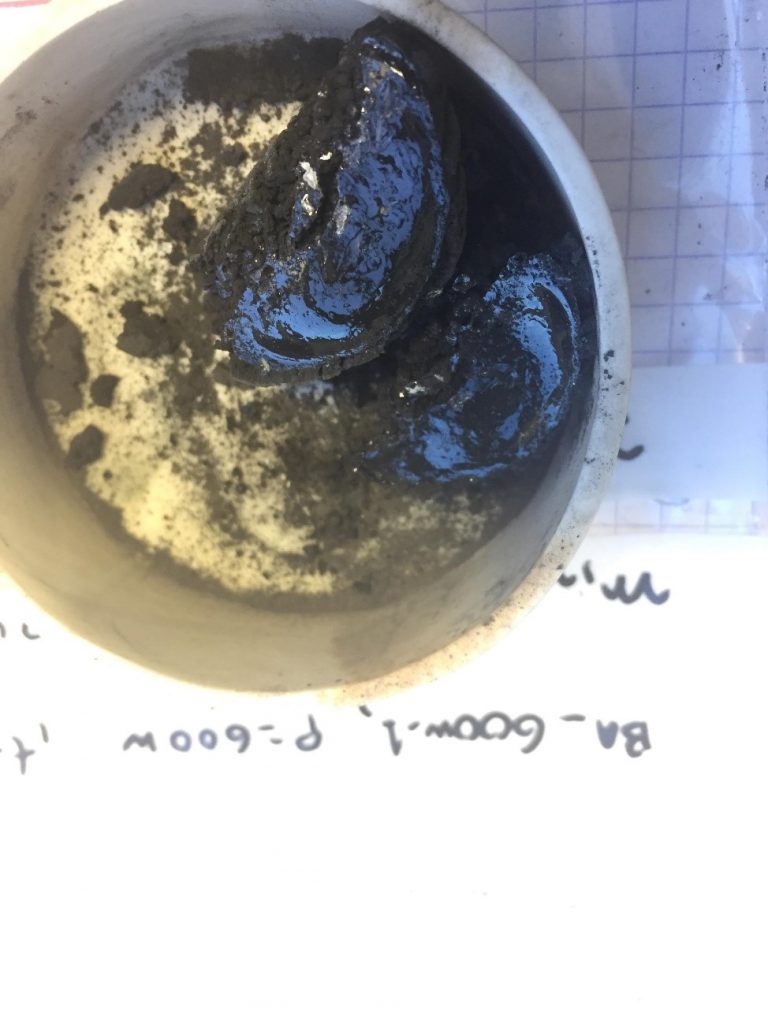
Through this flash melting process by microwaves, we are going to make the next step to use the glass in order to produce the inorganic polymers. Be patient please until my next blog is ready.
About the Author:

Georgia Flesoura is our ESR 10. She moved from Greece to KU Leuven to start her doctoral research. Her PhD project has the purpose to develop a new cost-effective and environmentally friendly methodology, using the microwave irradiation to transform the MSWI bottom ash into inorganic polymers. |


